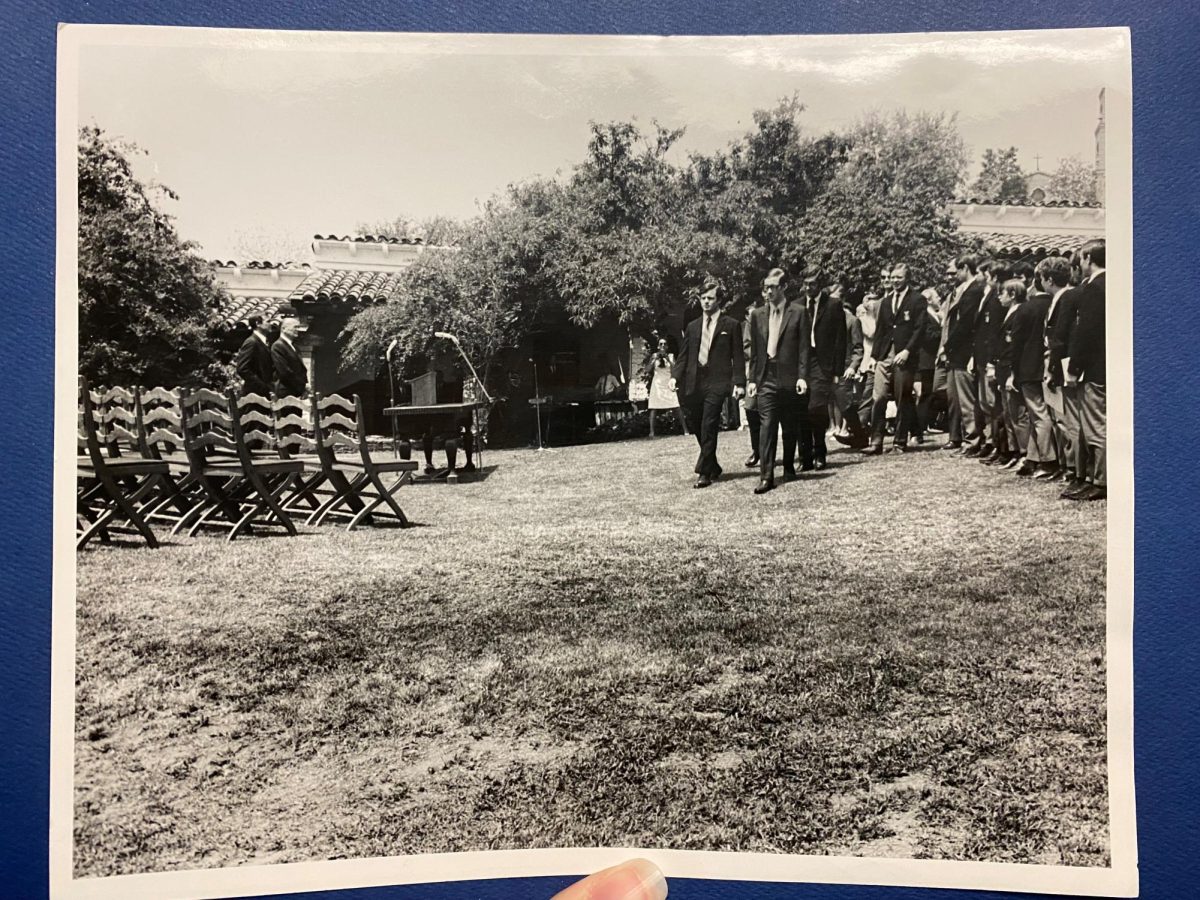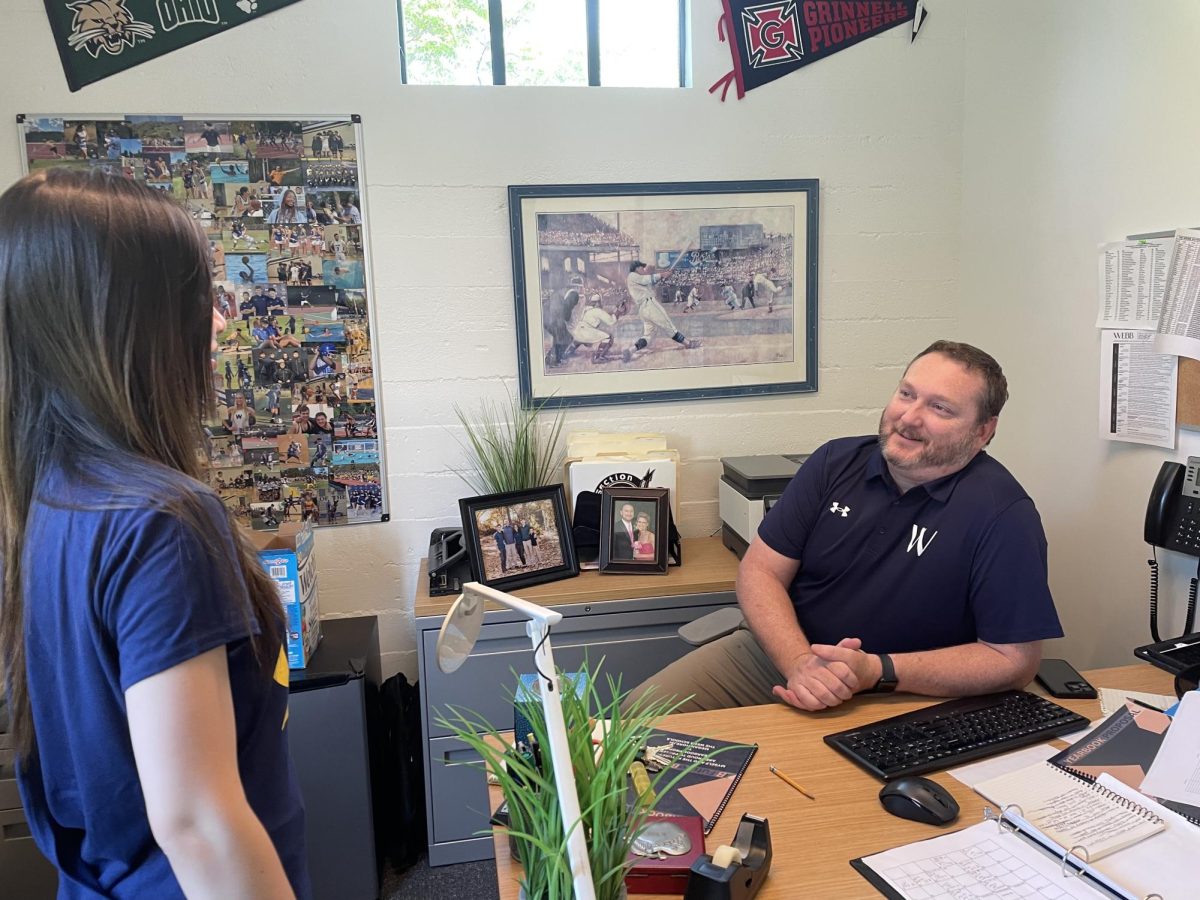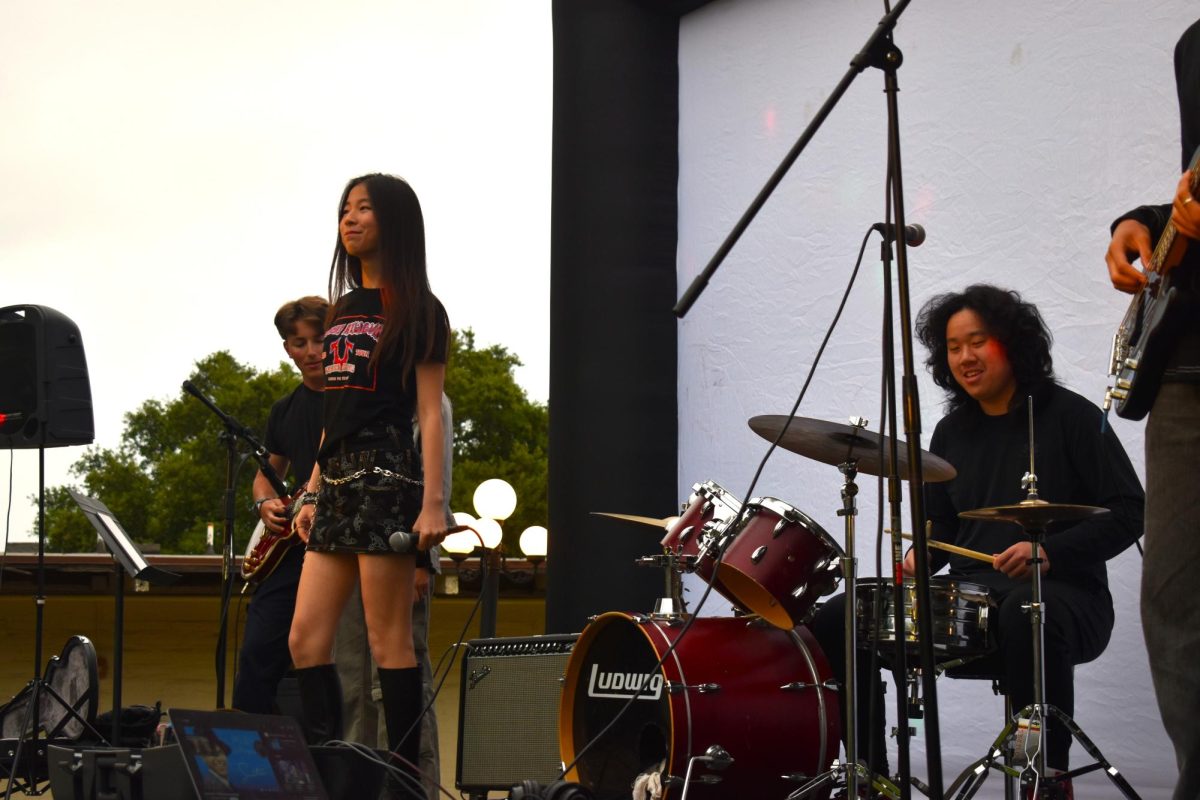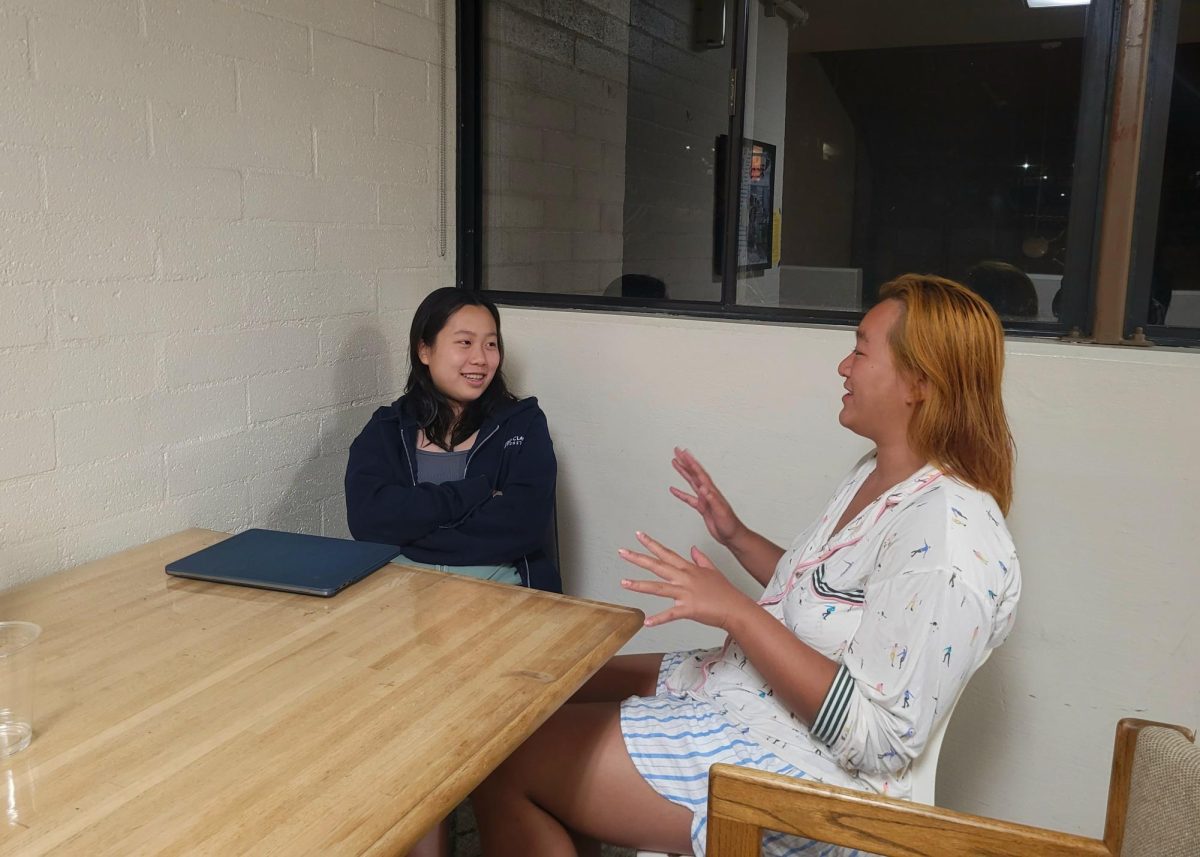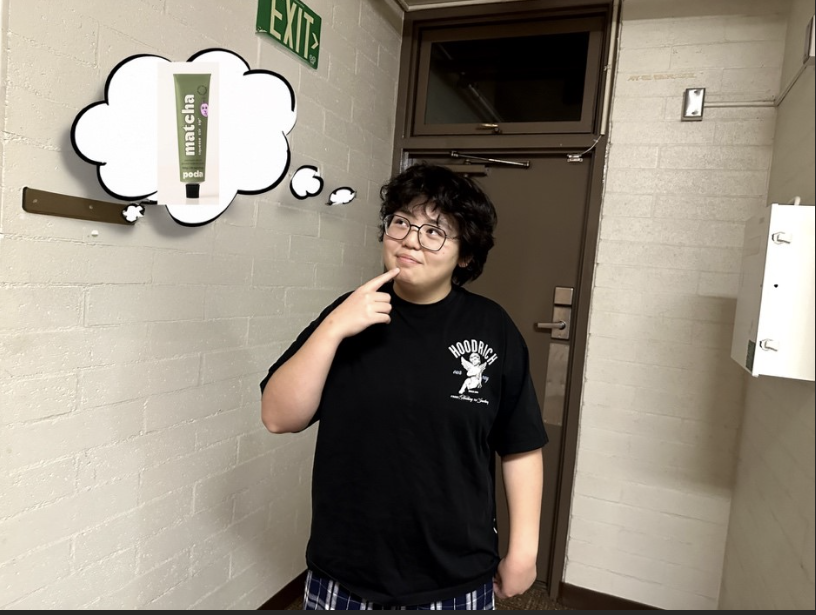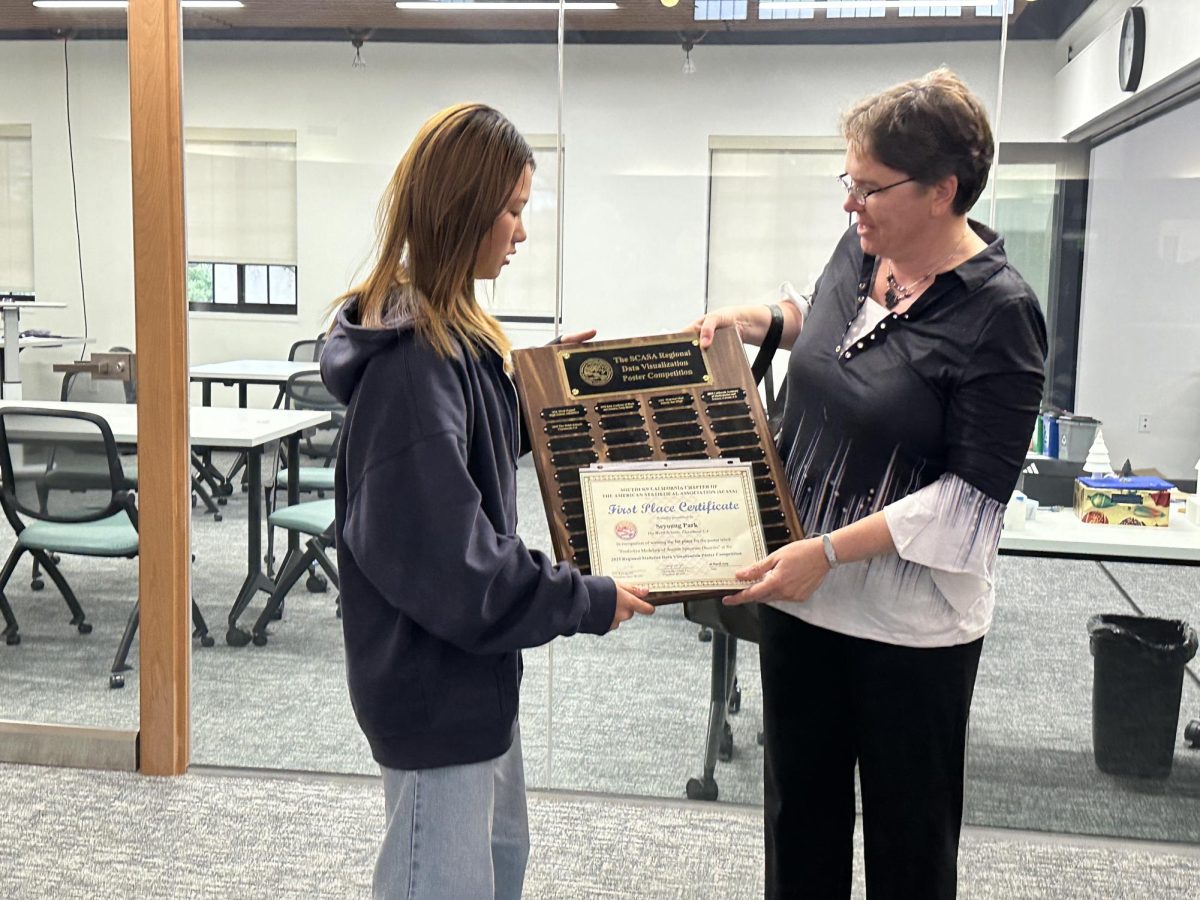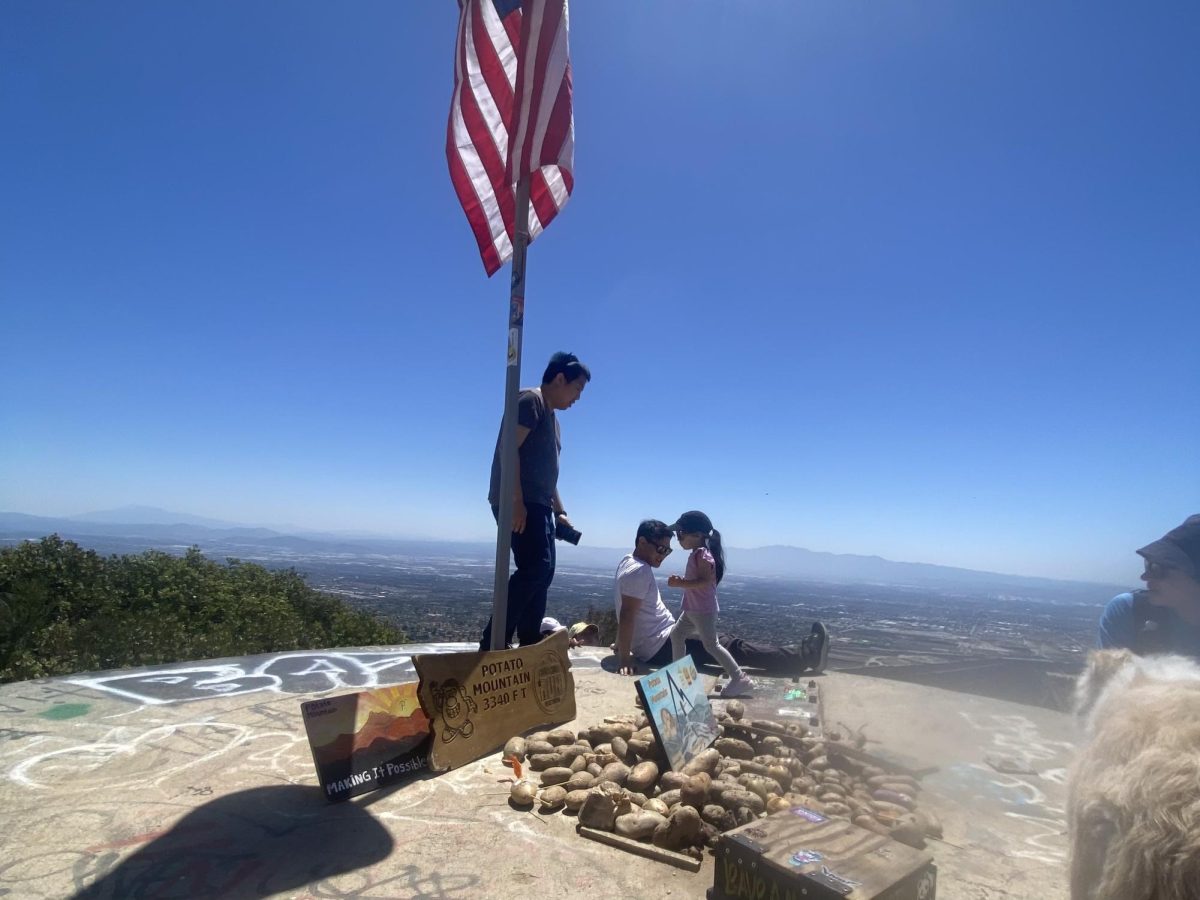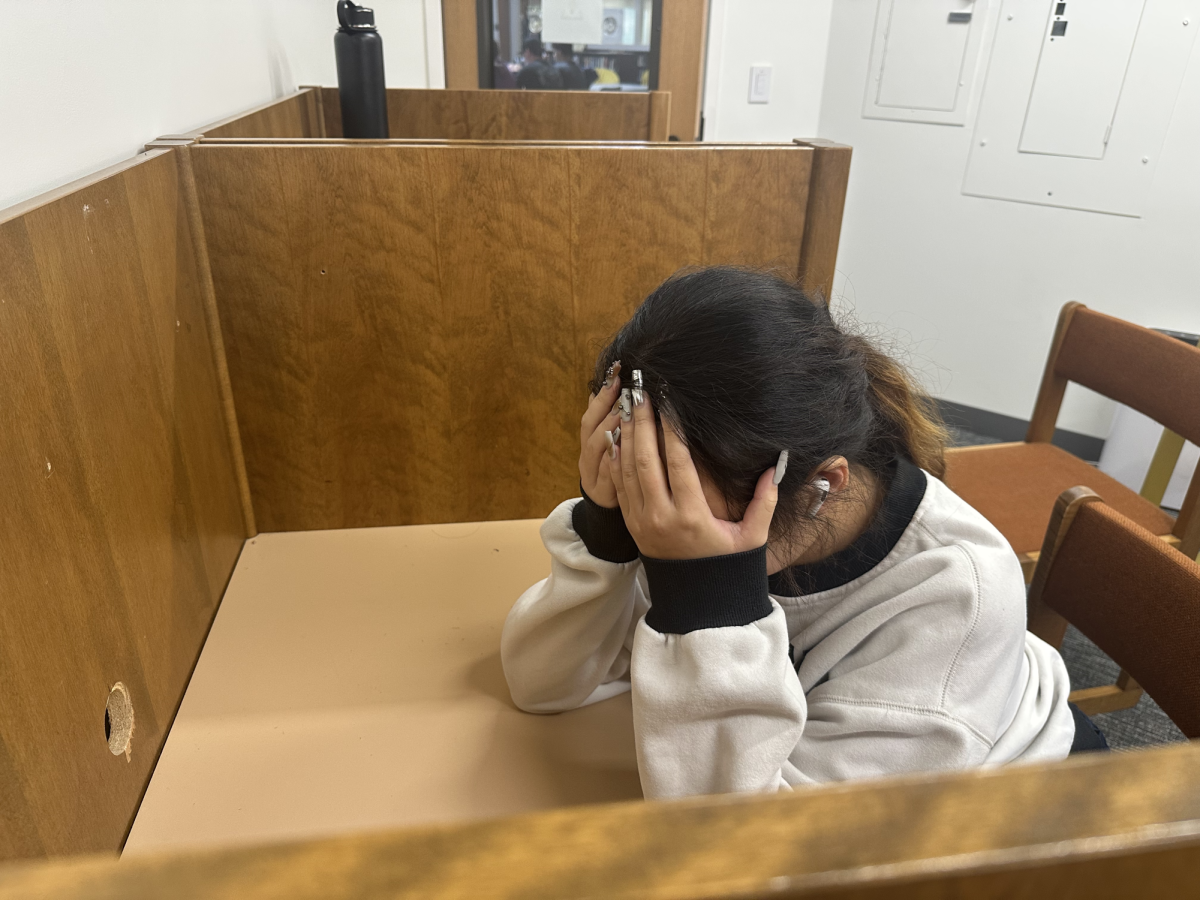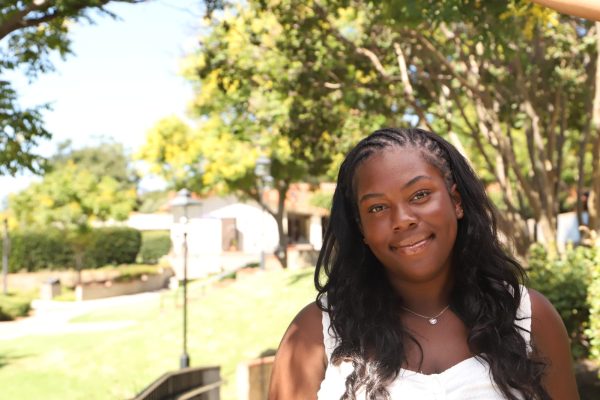In a historic move, Webb will host its first intentional and officially unified commencement ceremony for both Vivian Webb School (VWS) and Webb School of California (WSC) this spring, marking a shift that was years in the making.
Though virtual joint ceremonies were held during the pandemic years of 2020 and 2021 outdoors on Centennial, this year’s graduation represents the first time Webb has deliberately chosen to bring the two schools together for commencement since formally adopting its “one school” identity.
“This has always been an issue—students go to school together, but don’t graduate together,” said Dr. Theresa Smith, Head of School. “This year, we finally decided it was time to reflect who we are: one school, one community.”
The decision was planned by Webb’s first-ever Traditions and Ceremonies Committee, led by Assistant Head of School Michael Hoe, and involved conversations with the class of 2025, before being finalized.
“Our goal was to bring the community together,” said Mr. Hoe. “We wanted to create a ceremony where all graduating seniors felt seen, while still honoring the identities and traditions of each division.”
Mr. Hoe said the team worked hard to manage the logistical challenges of combining two ceremonies.
“Scaling from 50 to 100 is a big jump,” Mr. Hoe said. “But I am proud of how engaged the seniors were in the process.”
Students were also consulted throughout the process.
“I didn’t really care either way—I actually liked the idea because I hated waiting around after our ceremony for the WSC one,” said Pristine Thomas (‘25), VWS senior class president.
“We’re all friends and have shared classes, so it makes sense to graduate together. ”Aaron Yang (‘25), executive co-president of the student body has a similar take.
“People were pretty divided at first; they were worried about when and where it would happen,” Aaron said. “But aside from that, most were excited, including me.”
Students also voiced opinions to Dr. Smith on longstanding traditions, like the VWS white dress requirement.
“Some students gave feedback that they didn’t want to wear white dresses,” Dr. Smith said. “The tradition is historically tied to ideas of purity and has felt inequitable for many. We’re trying to be intentional and inclusive with our decisions.”
Other traditions, such as Candlelight, will remain separate since students advocated for their preservation.
“VWS alumni always remember Candlelight,” Dr. Smith said. “It is deeply emotional. We let the students guide that one, and they wanted to keep it as is.”
To preserve beloved elements, the Alamo Lawn procession will remain. While the full ceremony will take place on Centennial Field, students will begin by walking through Alamo Lawn—an area symbolic of growth, identity, and support from past commencement ceremonies.
“If a boy was struggling at Webb, people would say, ‘I cannot wait to see you walk across Alamo Lawn.’ “That moment still matters,” said Dr. Smith.
By keeping this element, a part of WSC tradition is still highlighted in the midst of change.
Dr. Smith also noted that while faculty will continue to wear academic gowns which symbolize their collective role as educators, students will stand out more as individuals.
“Commencement is both about the students and the institution,” Dr. Smith said. “It is not just for this class, it is a shared, continuous experience.”
Dr. Farke, believes change signals evolution, not loss.
“Traditions evolve. What was once considered untouchable has transformed, and most students today don’t even remember how things used to be. That is not a loss—it is growth,” said Dr. Farke.
With that same spirit of growth, Webb will welcome alumnus and bestselling author John Scalzi as this year’s commencement speaker.
“I want students, especially the freshmen who will be watching, to feel the power of the moment,” Dr. Smith said.
In this unified moment, Webb is not just celebrating a graduating class. It is taking a step forward honoring the past while boldly shaping what tradition means for the future.


